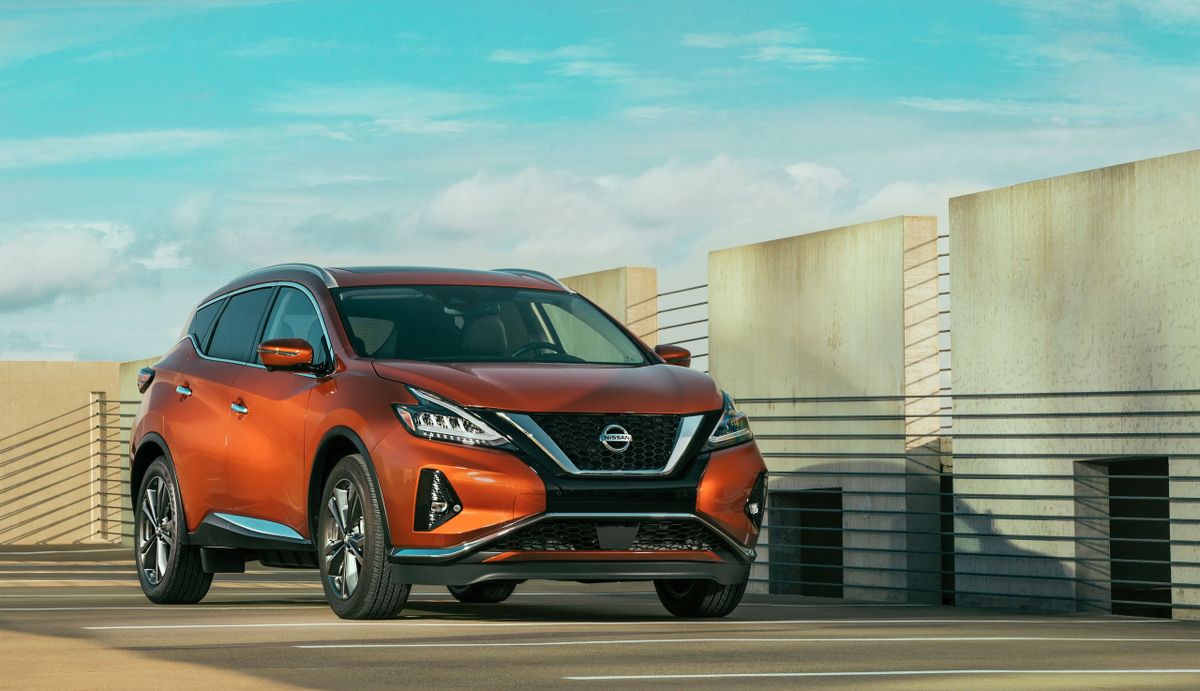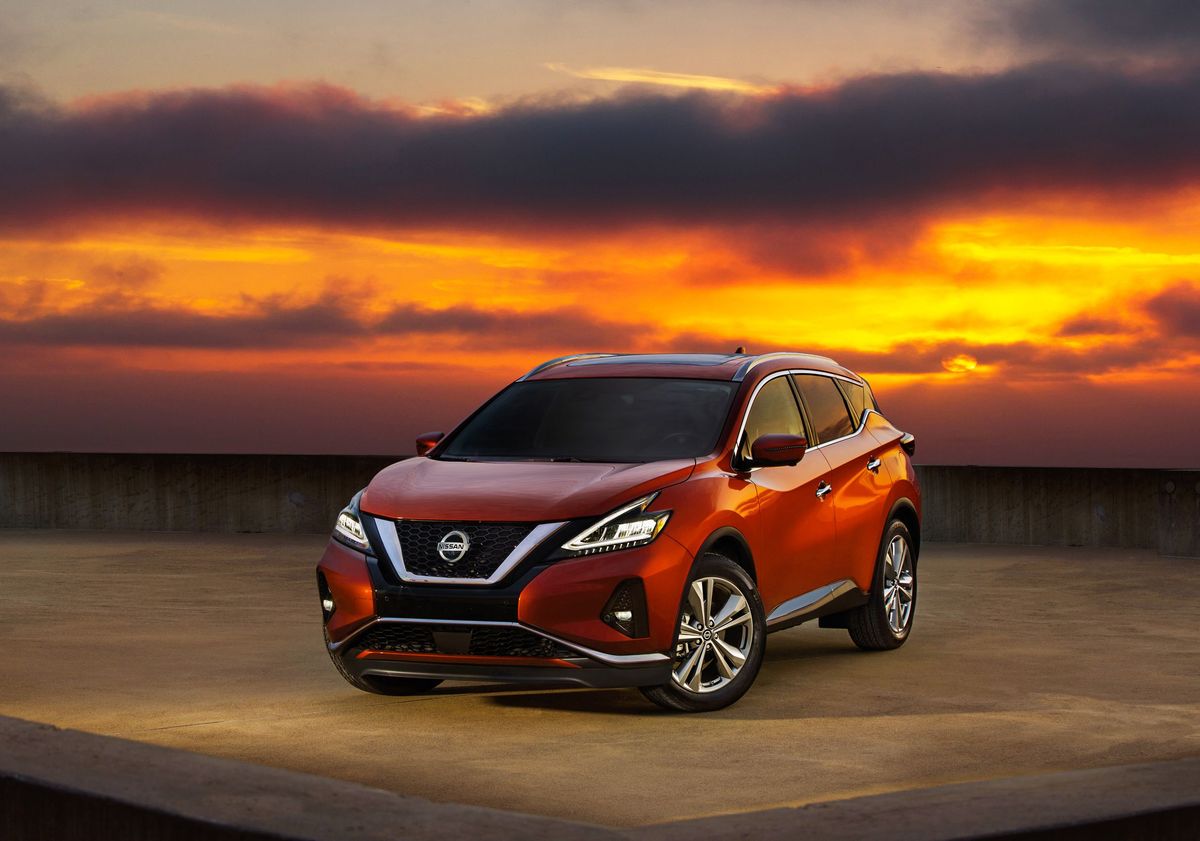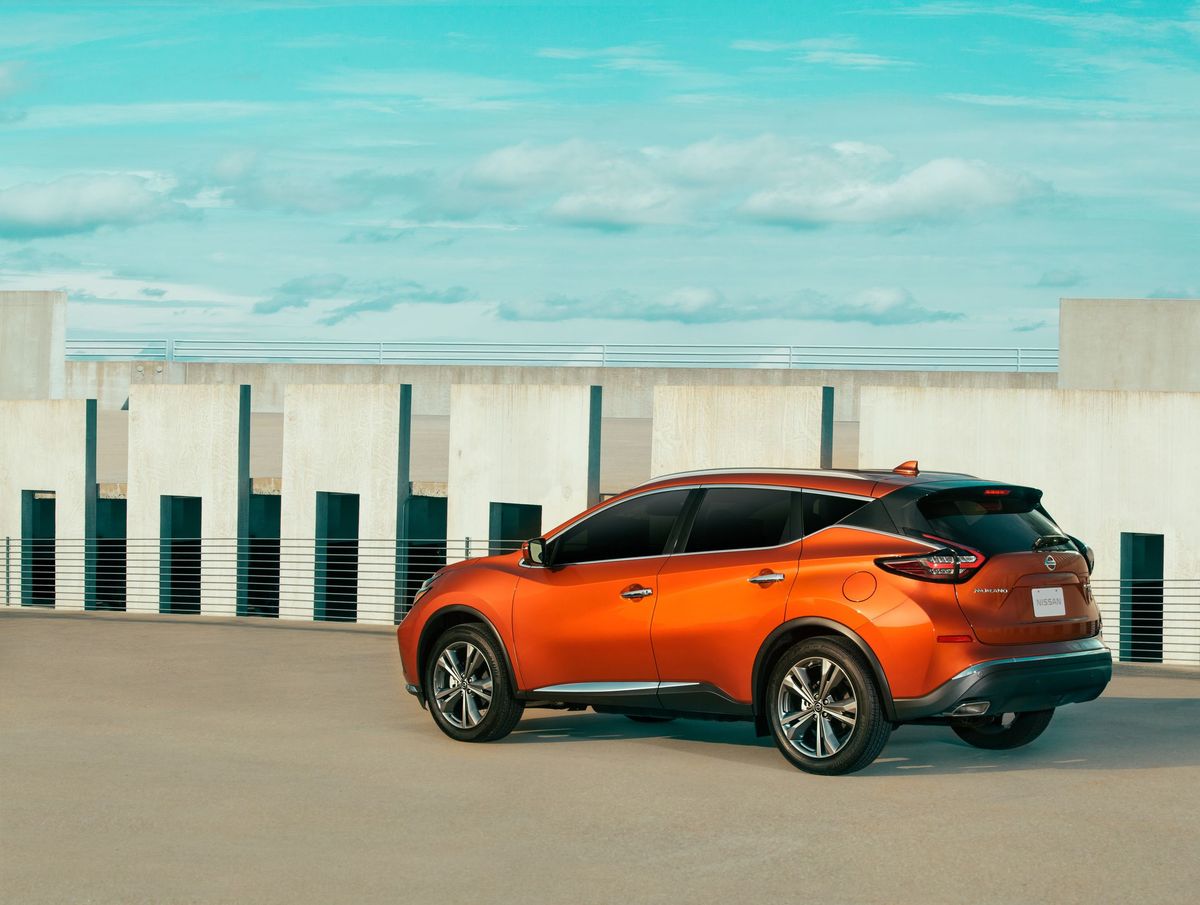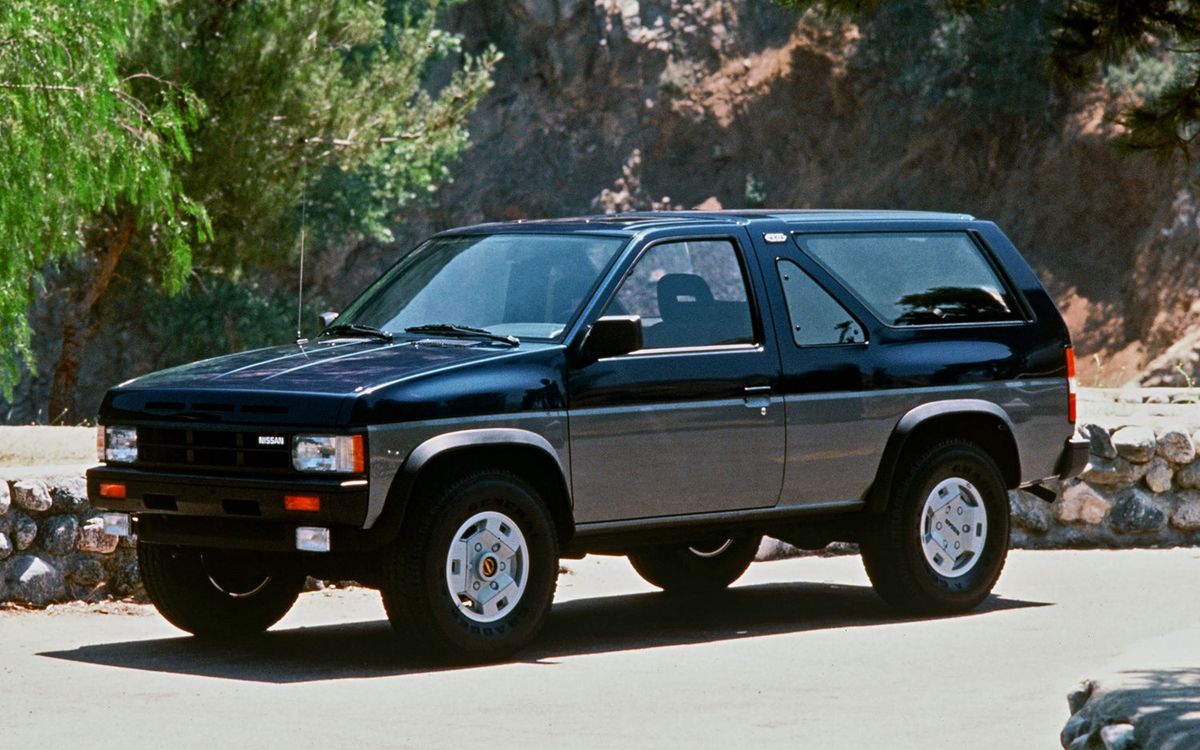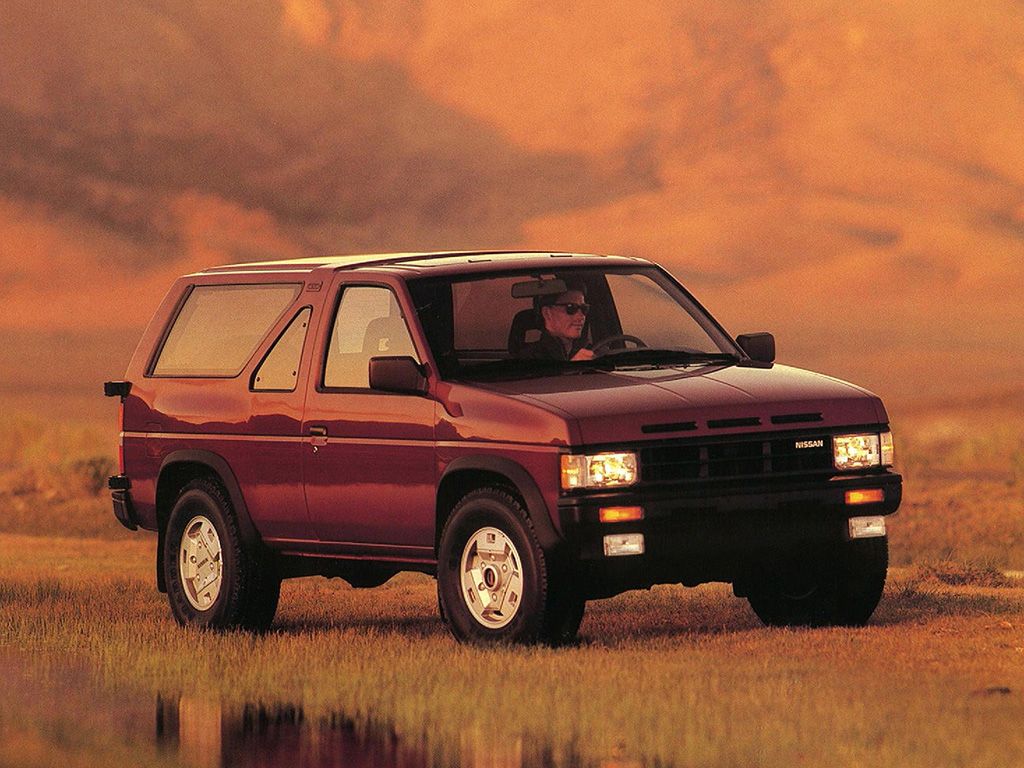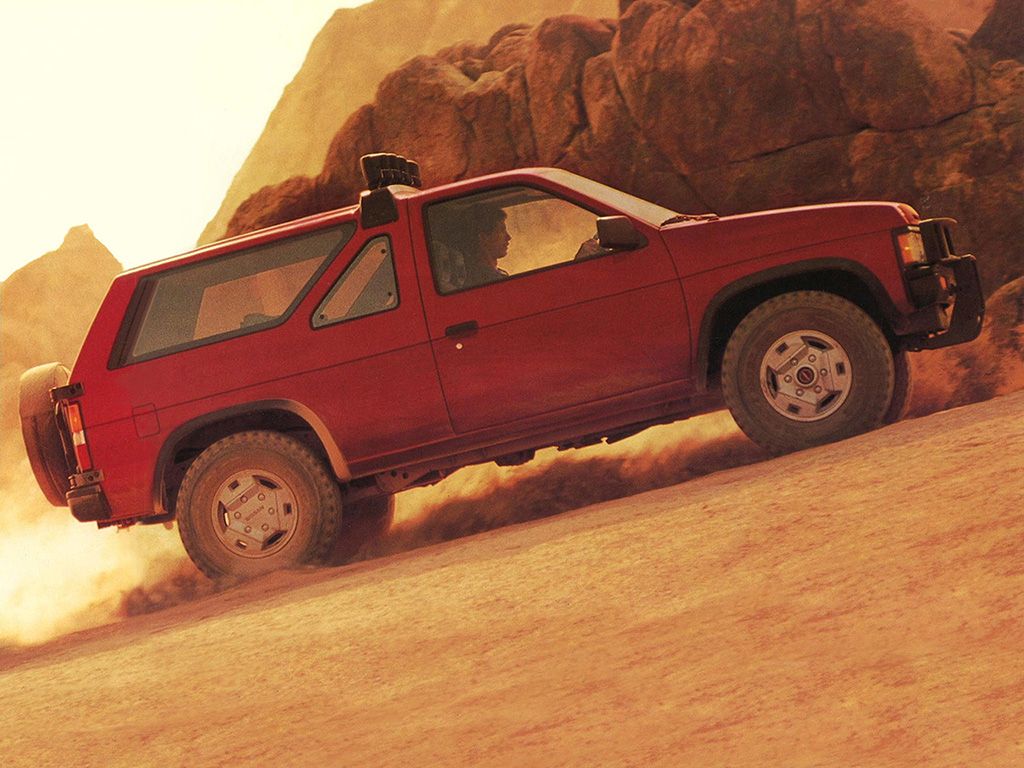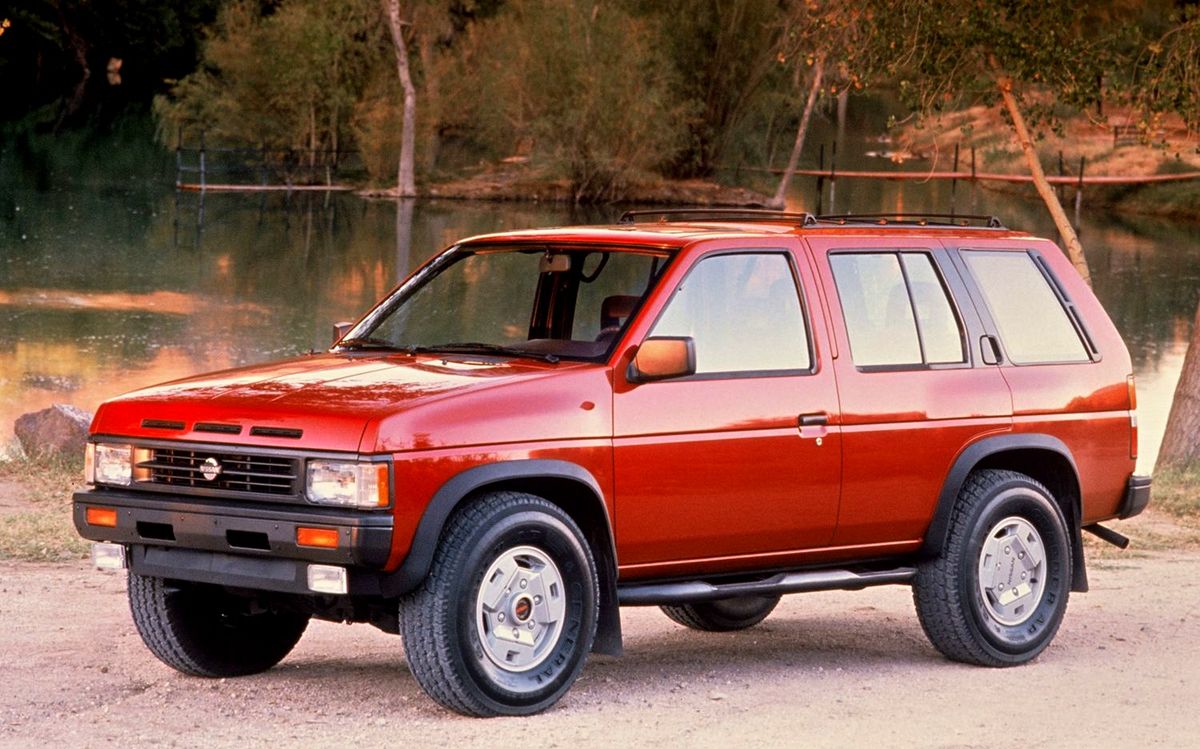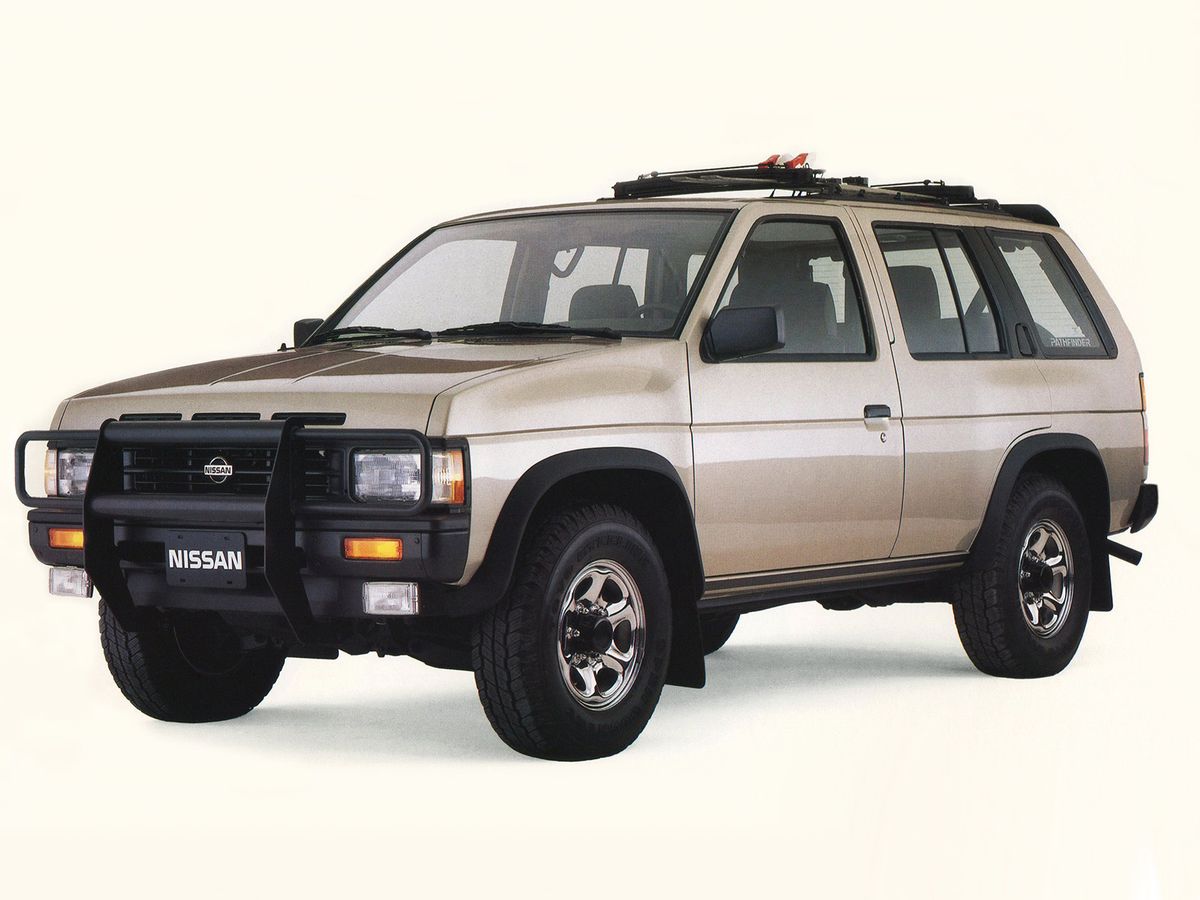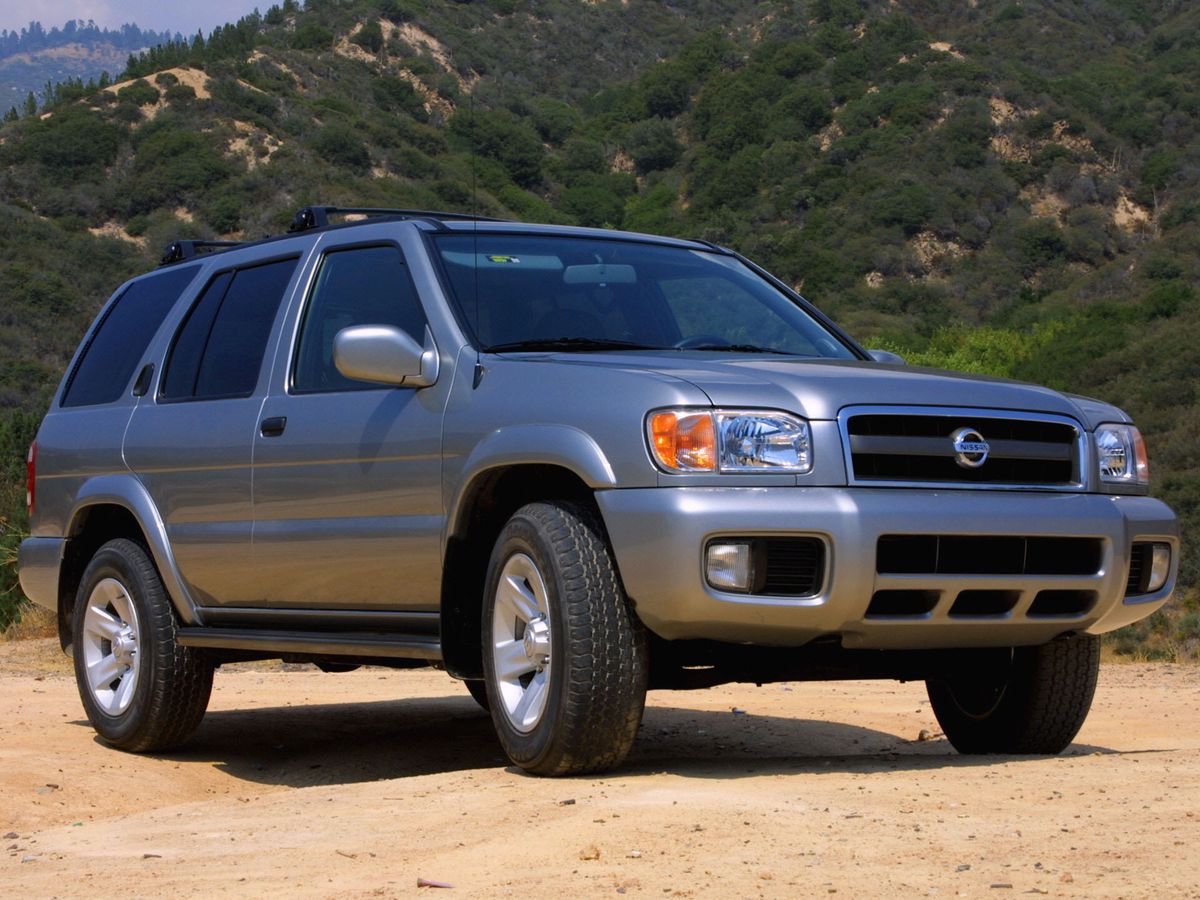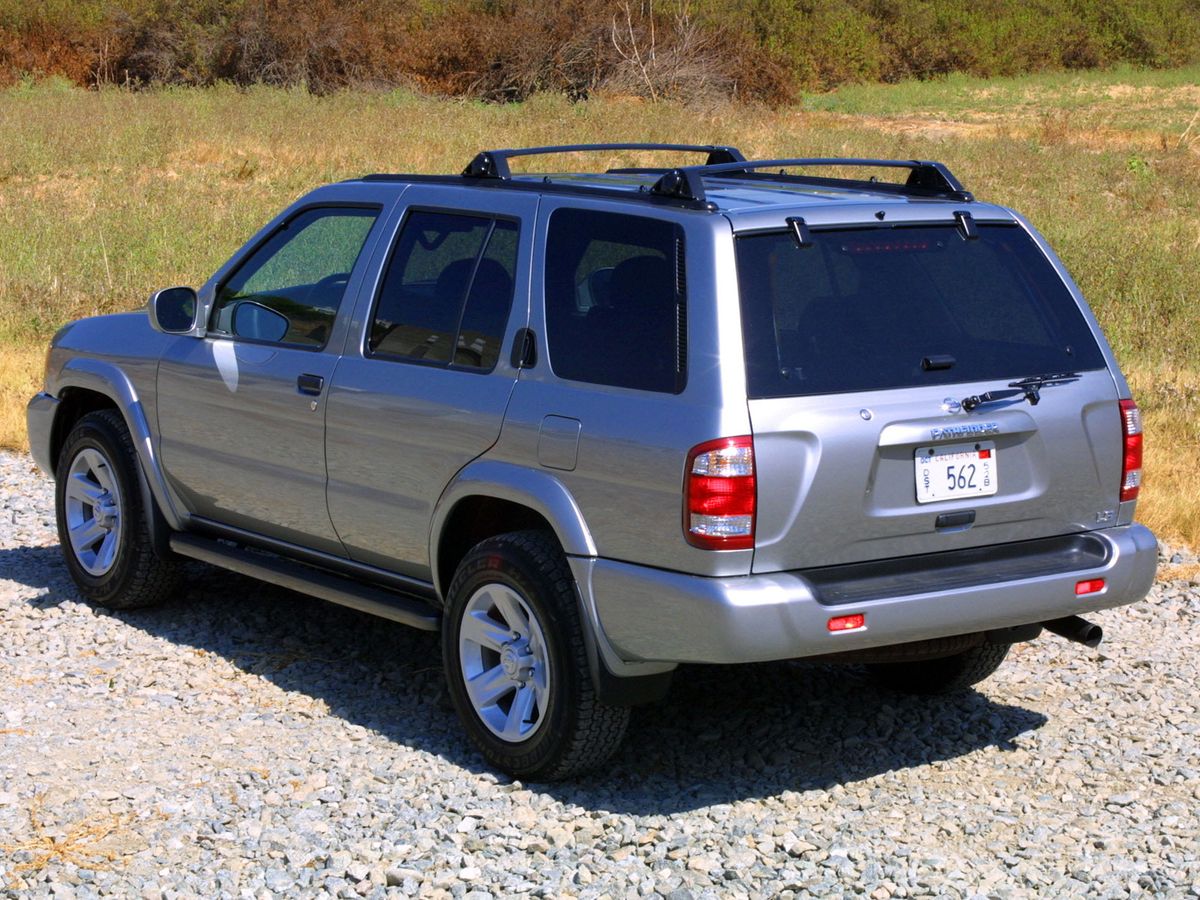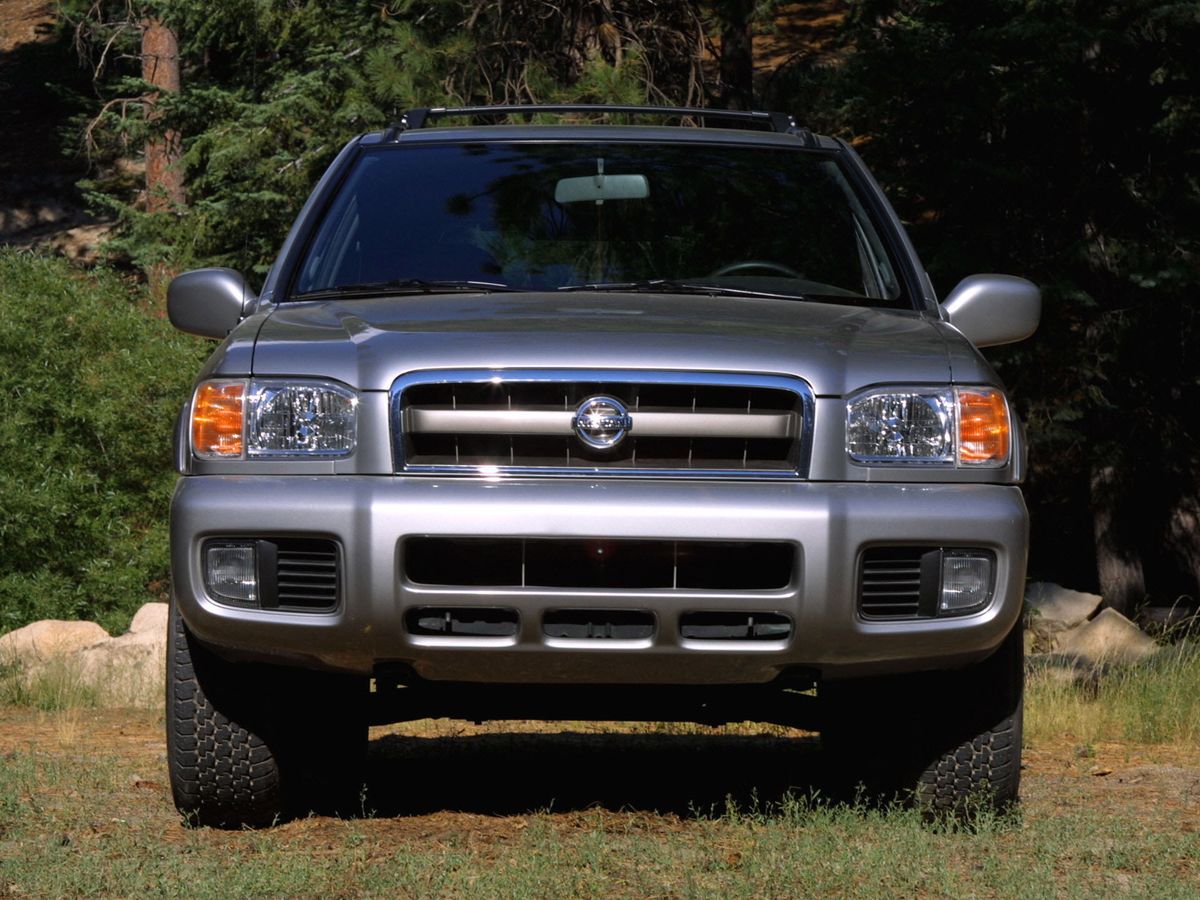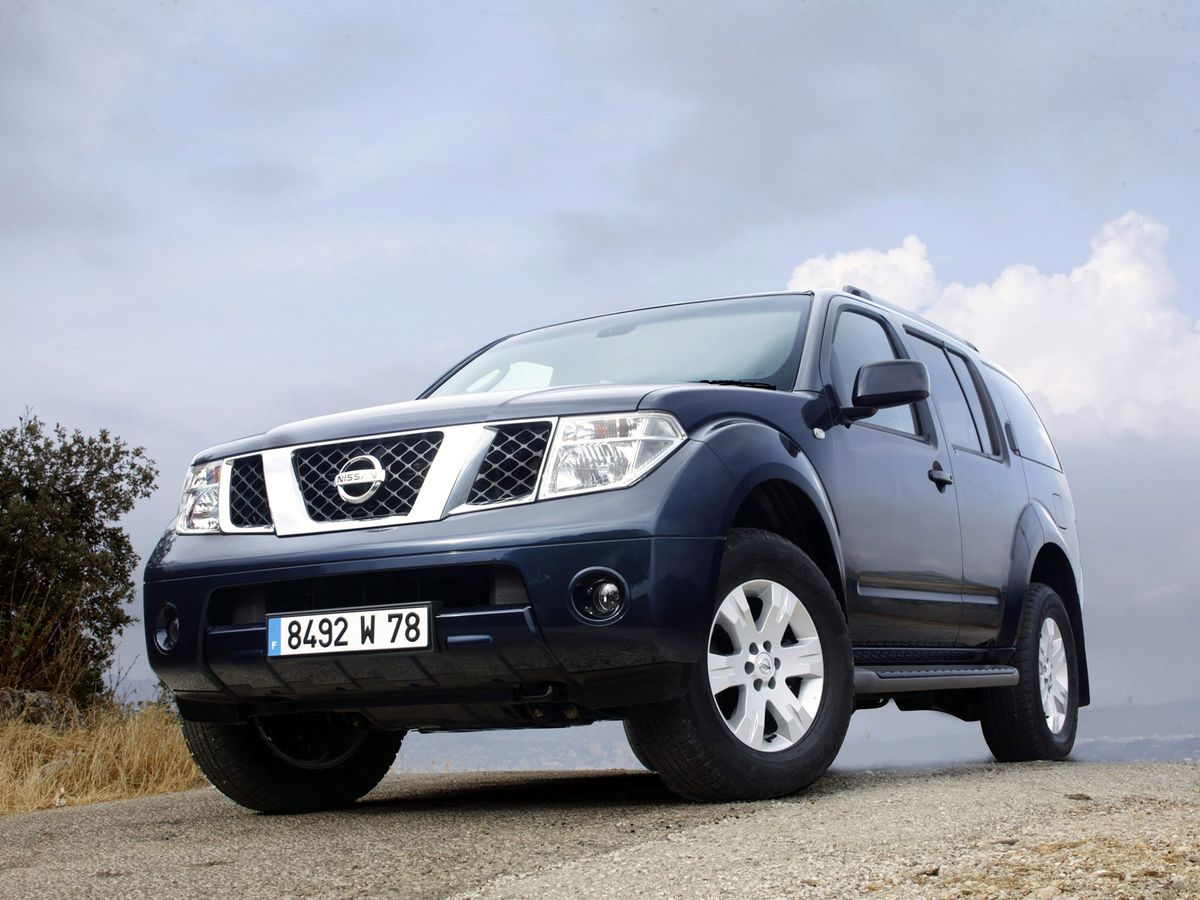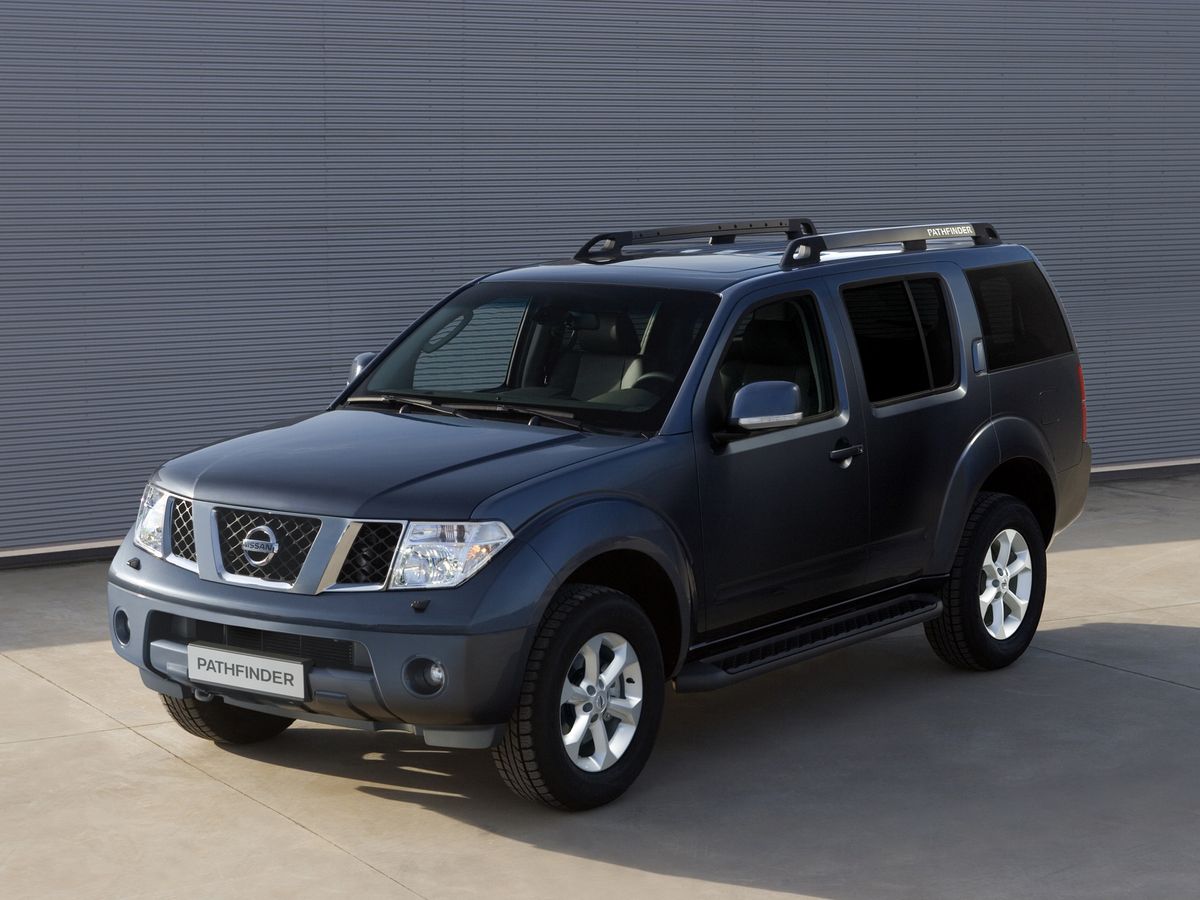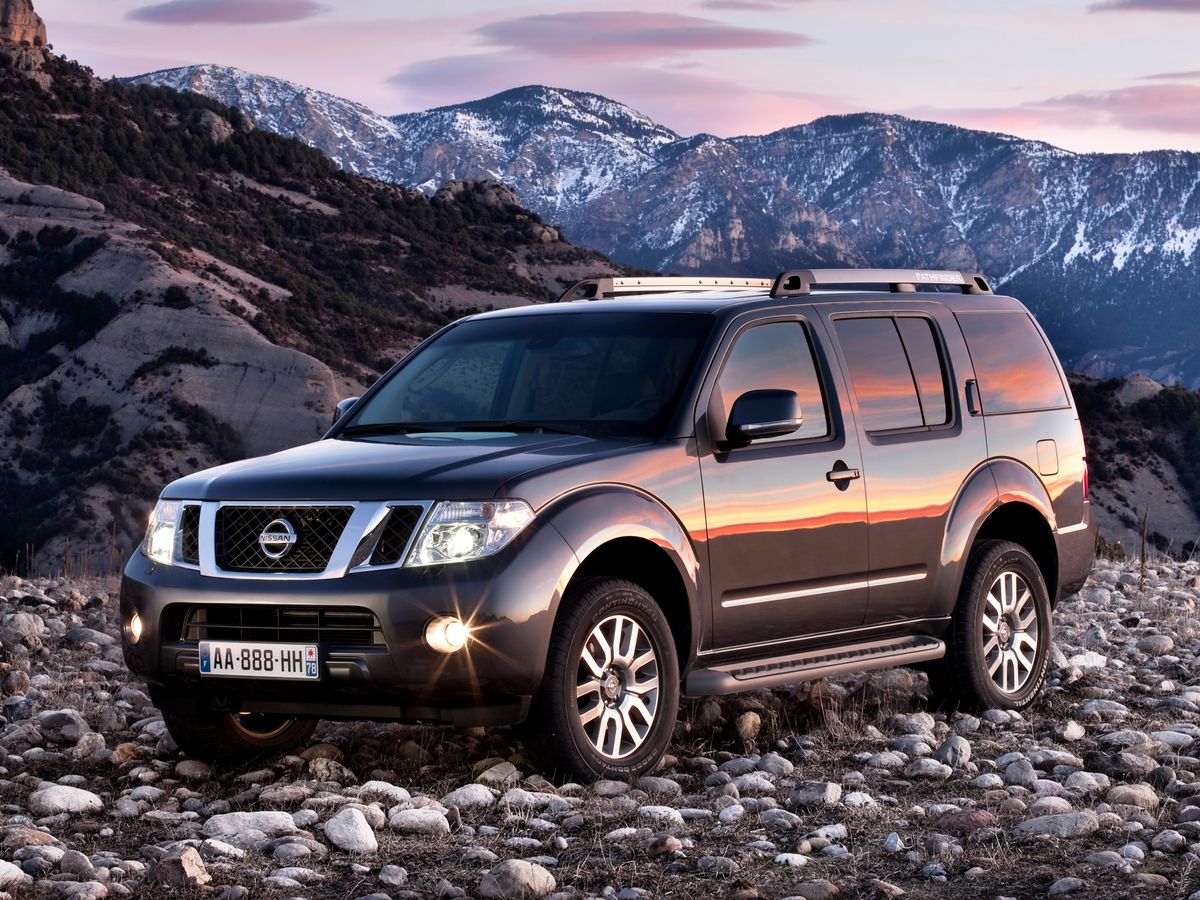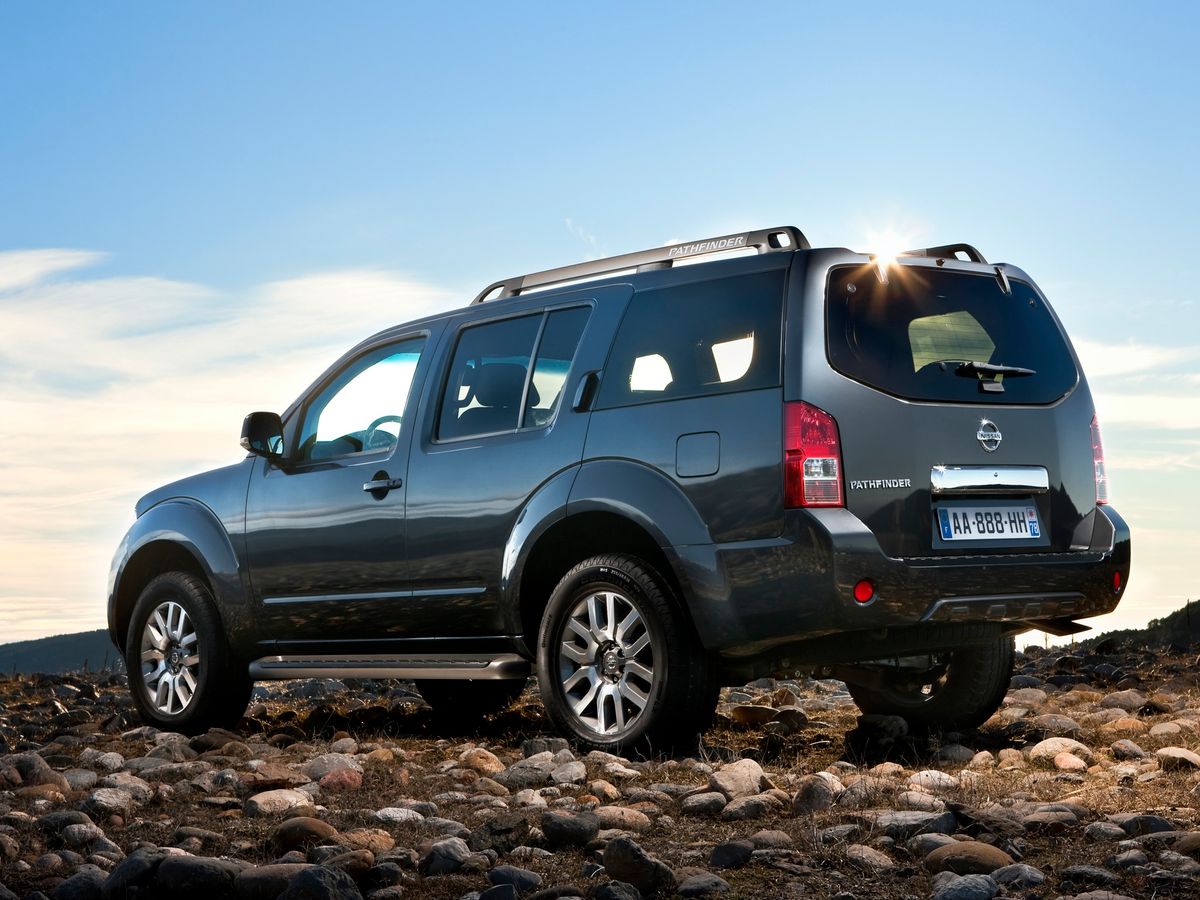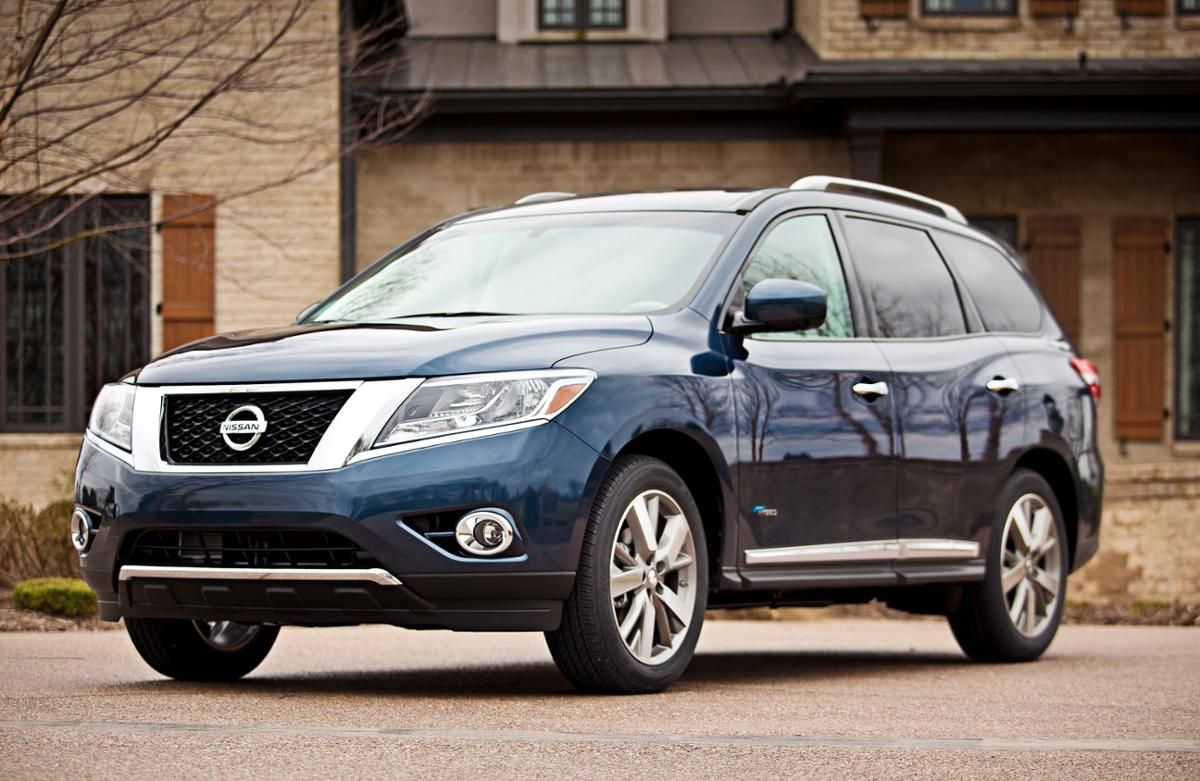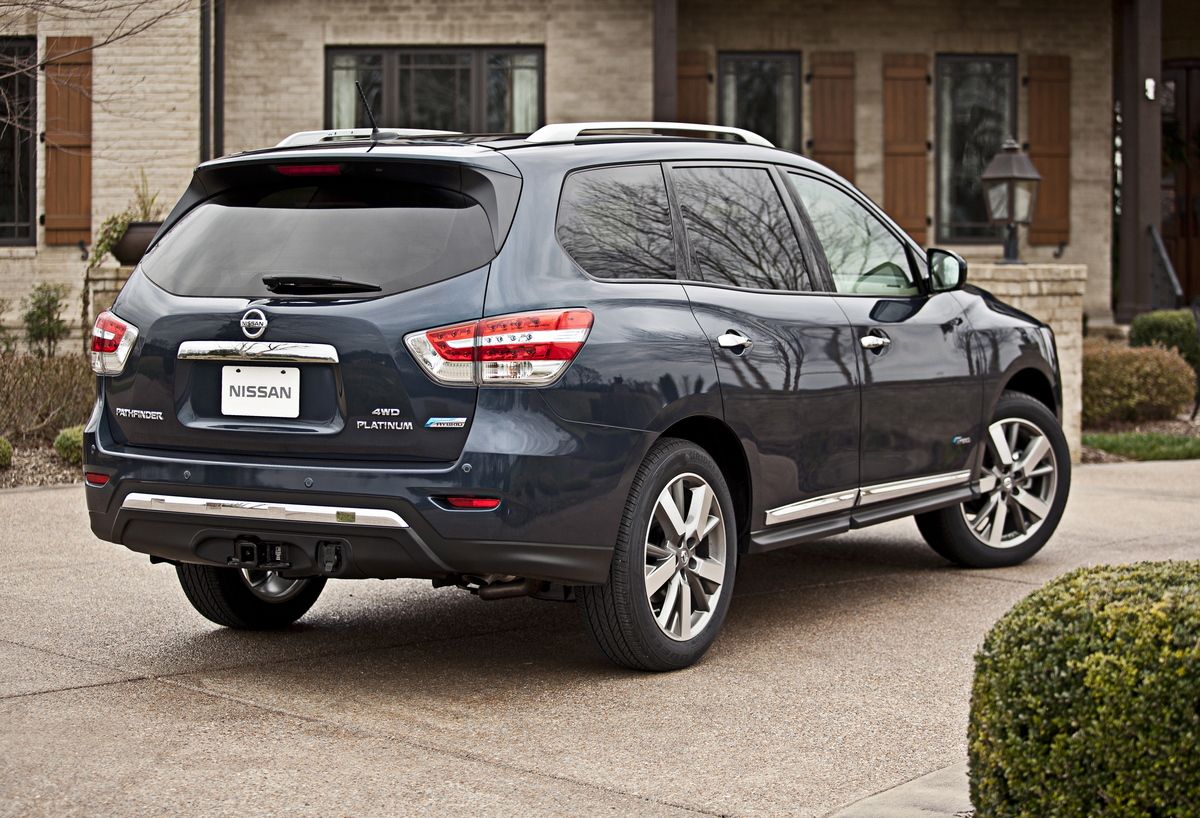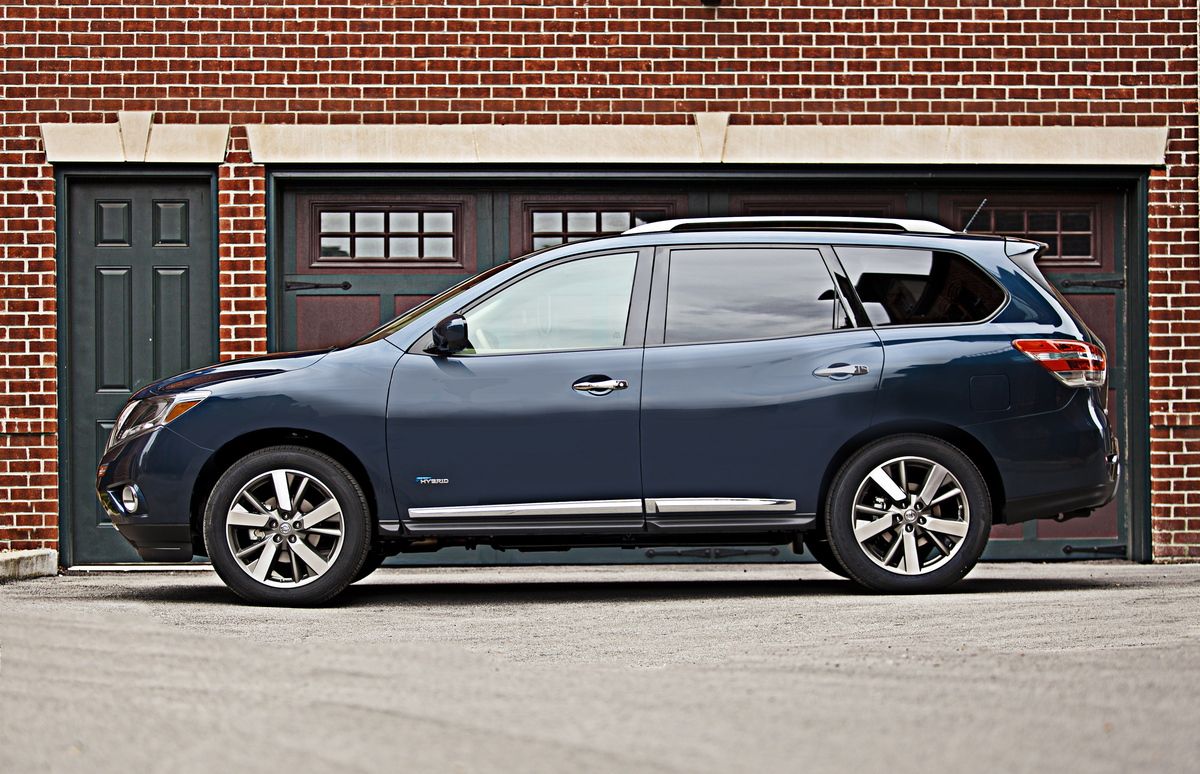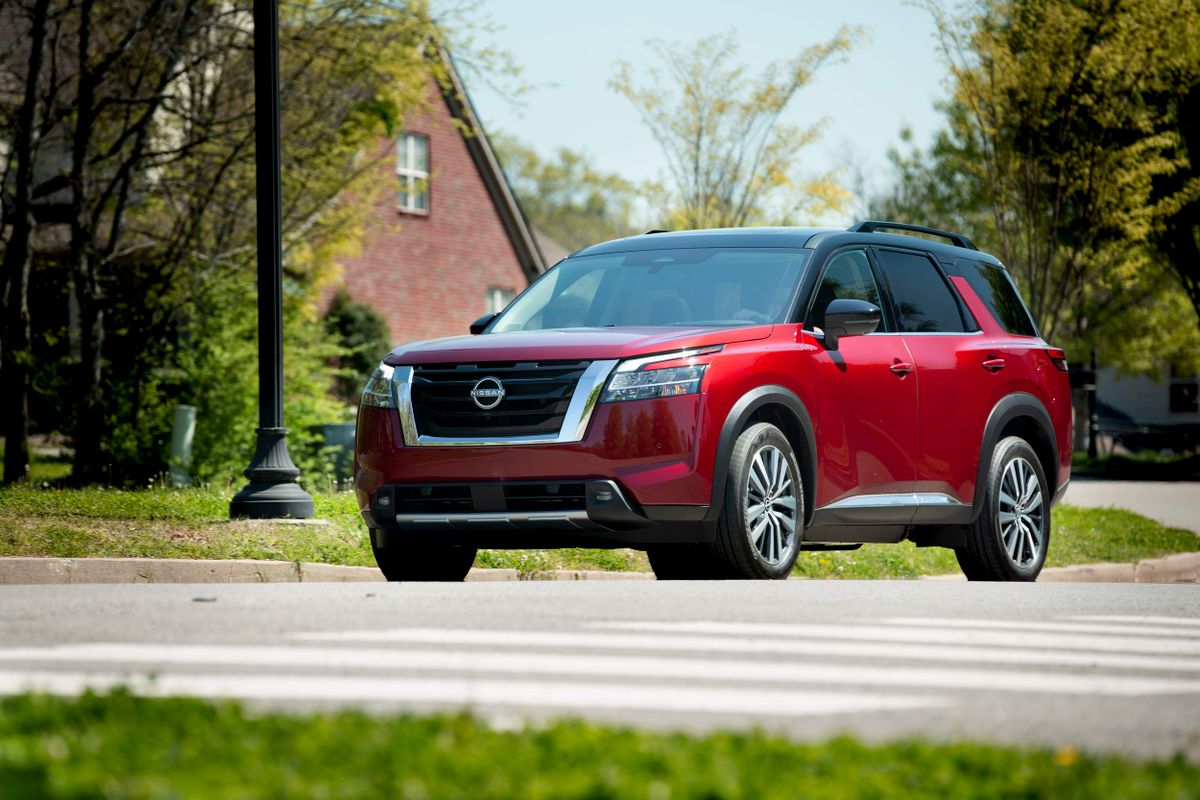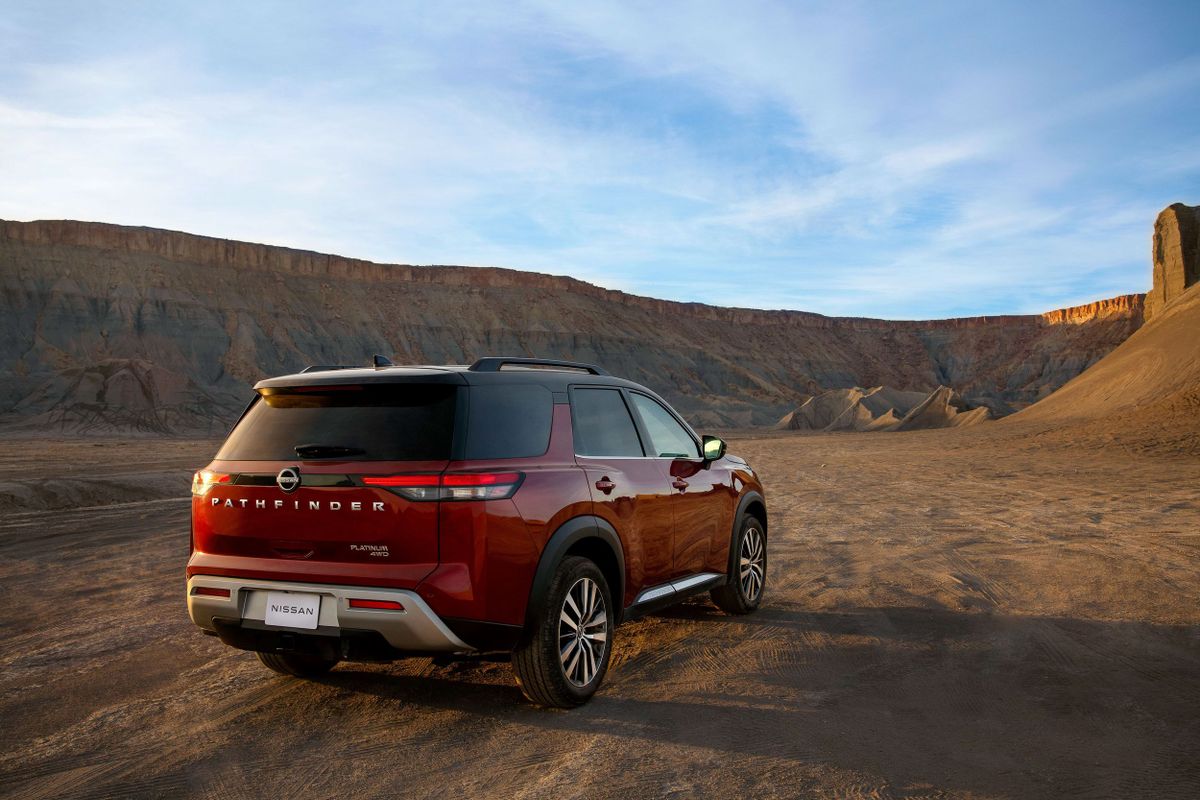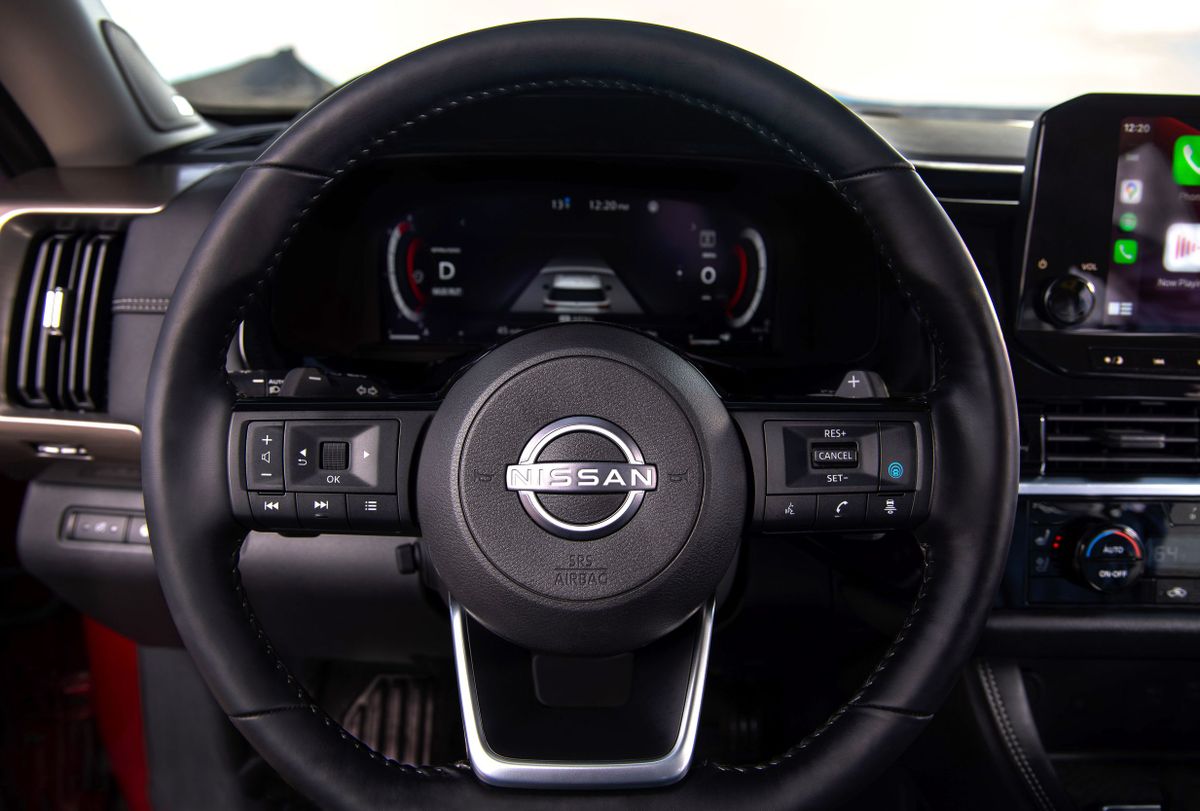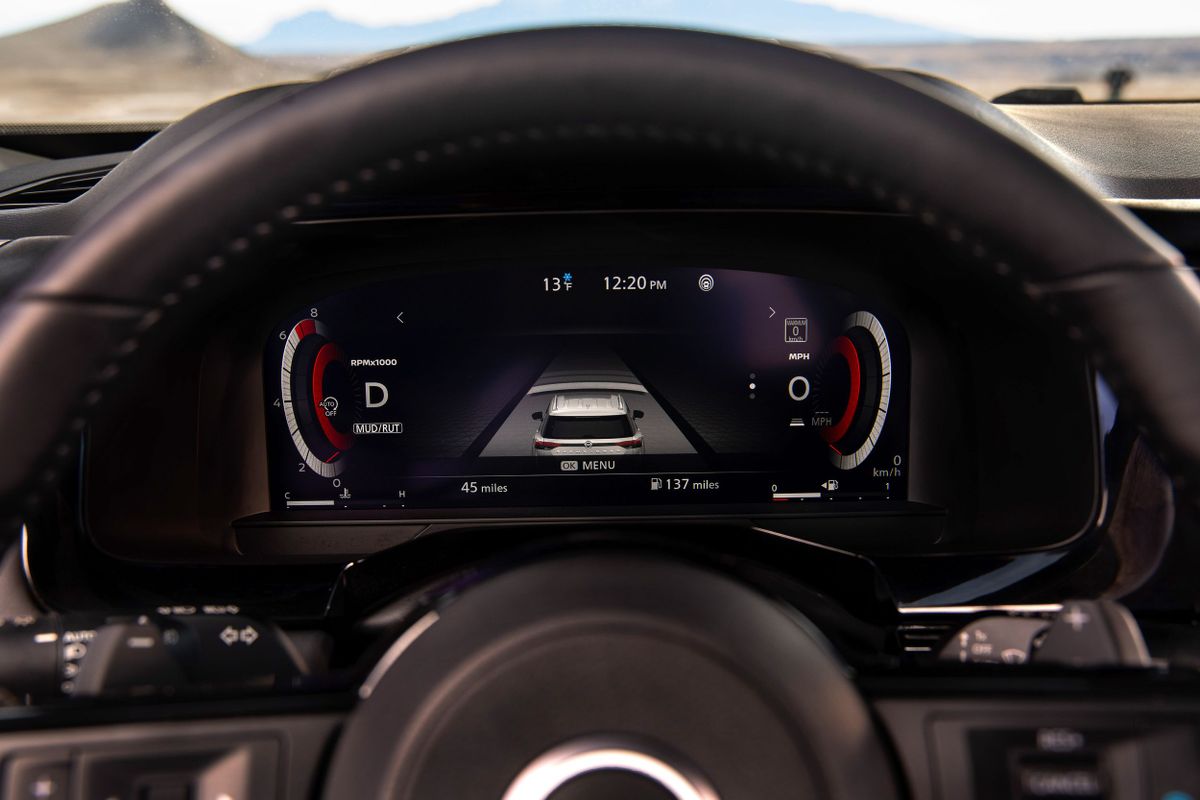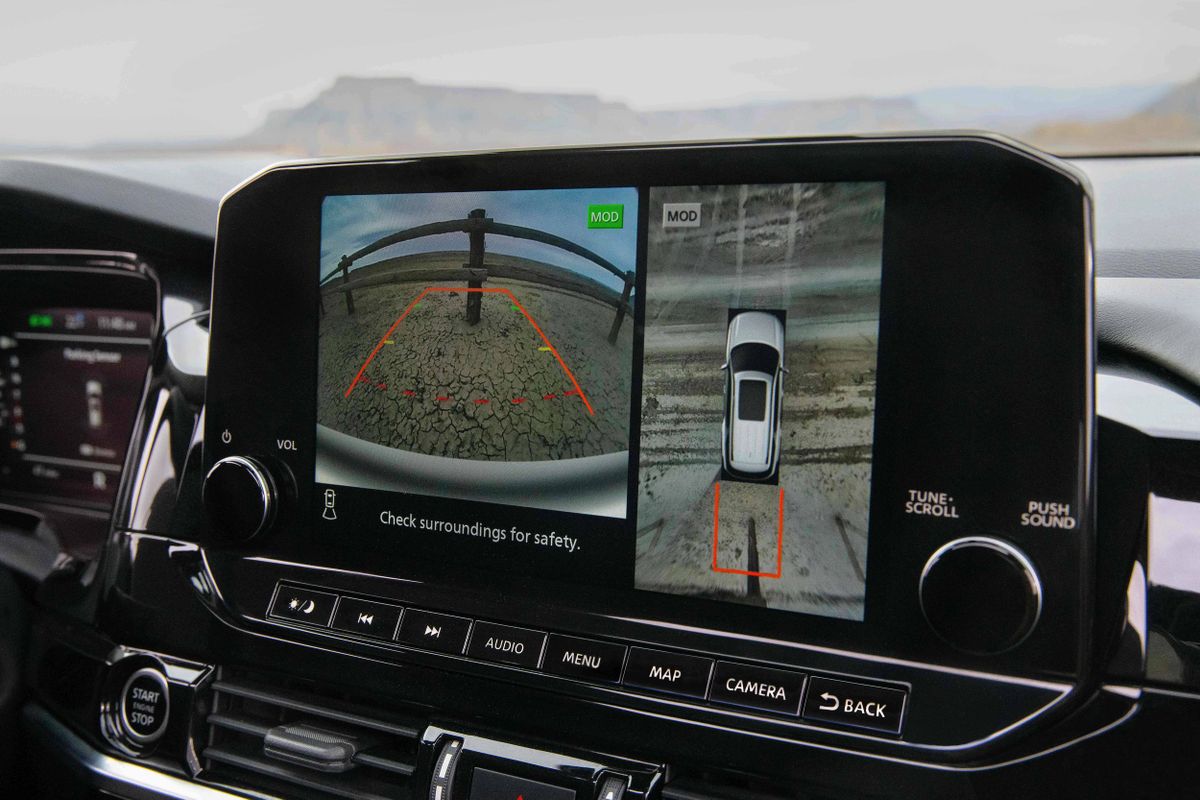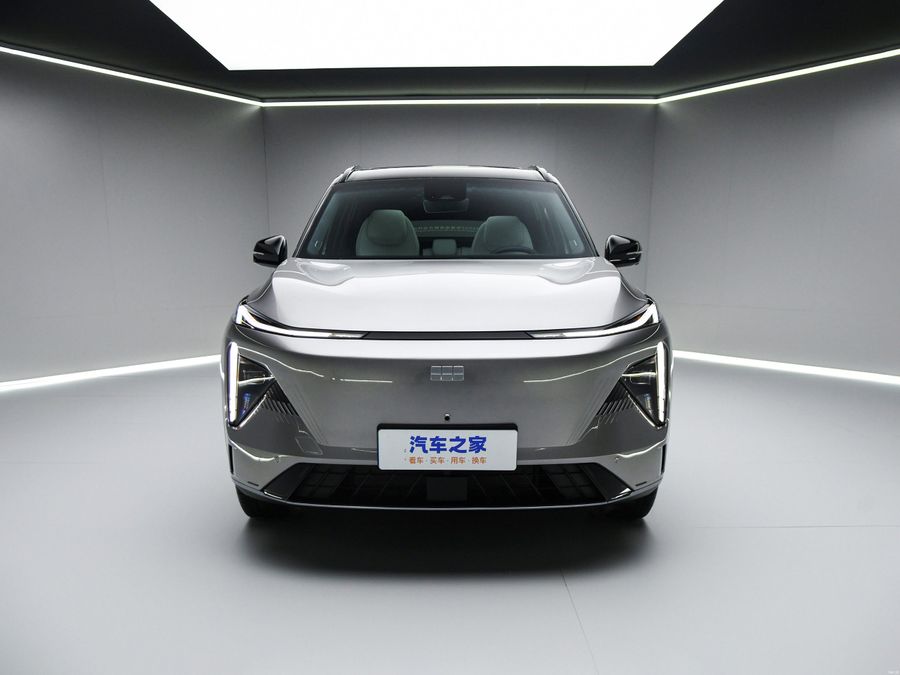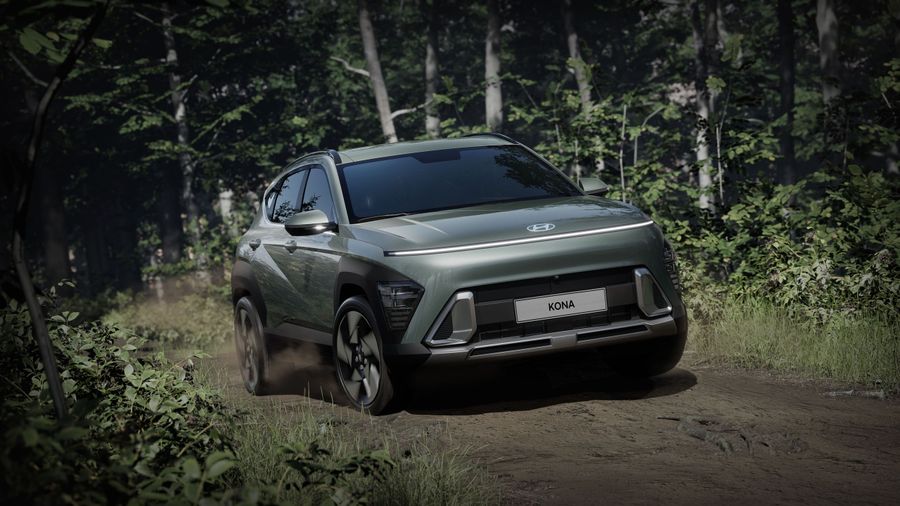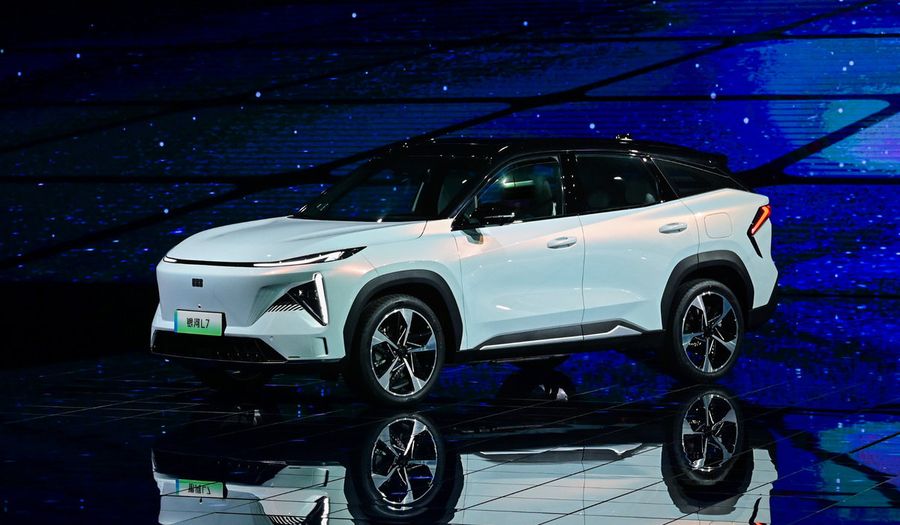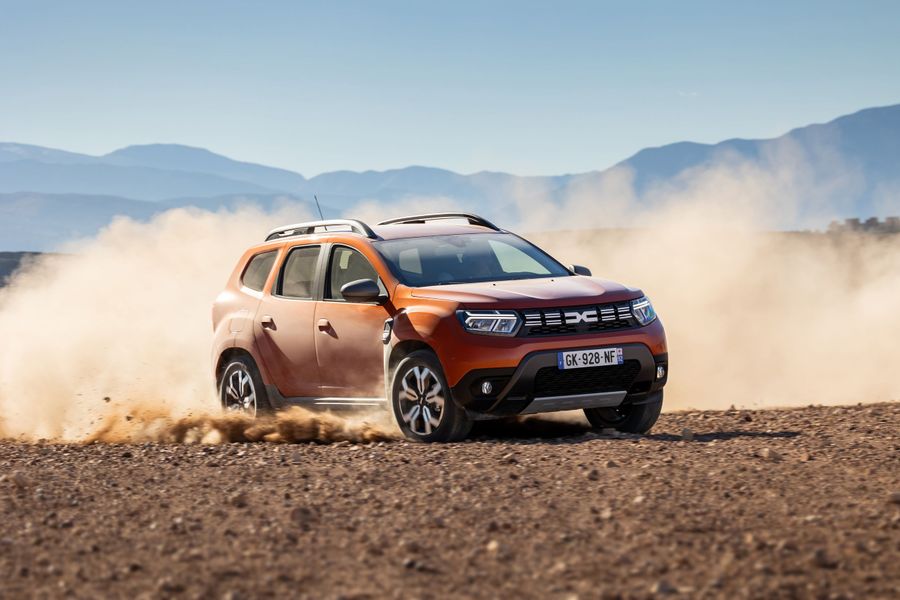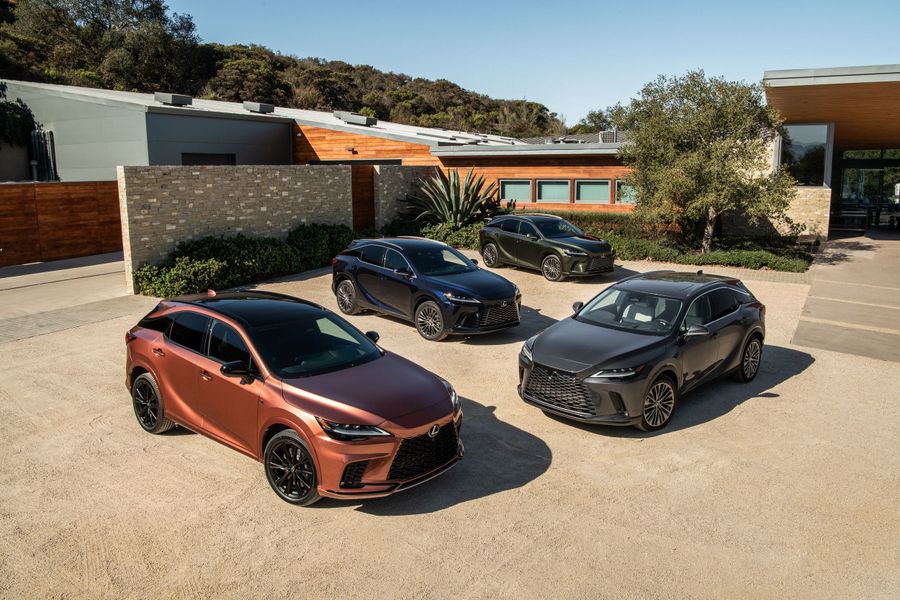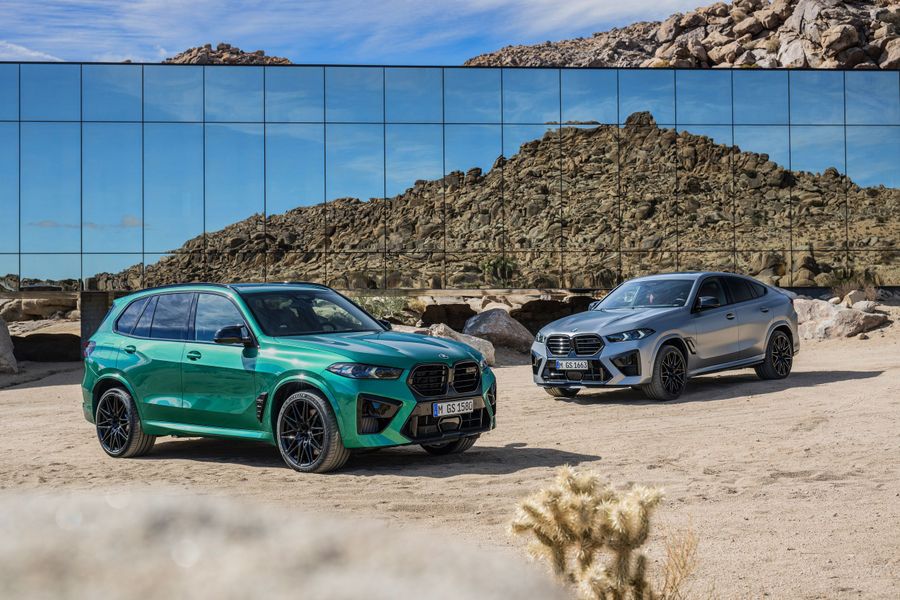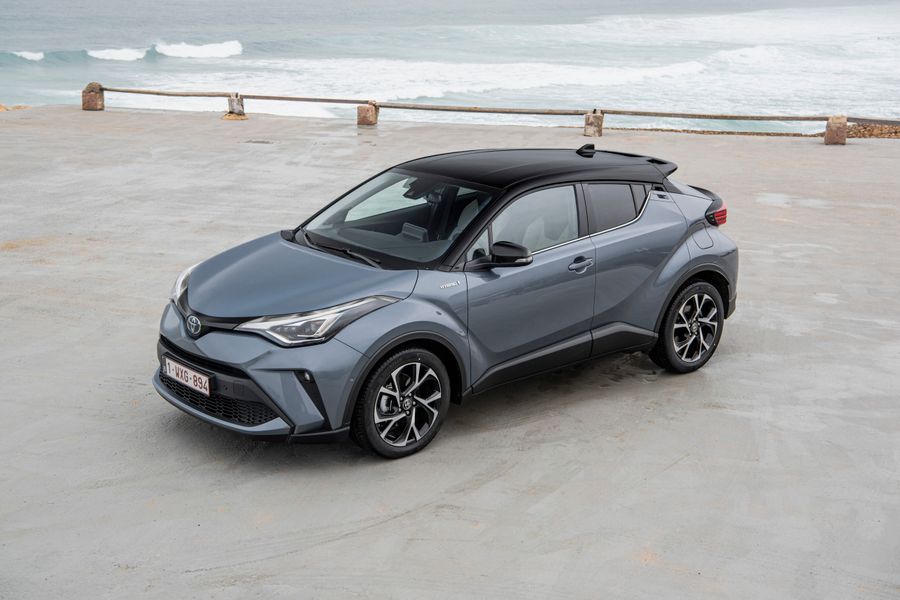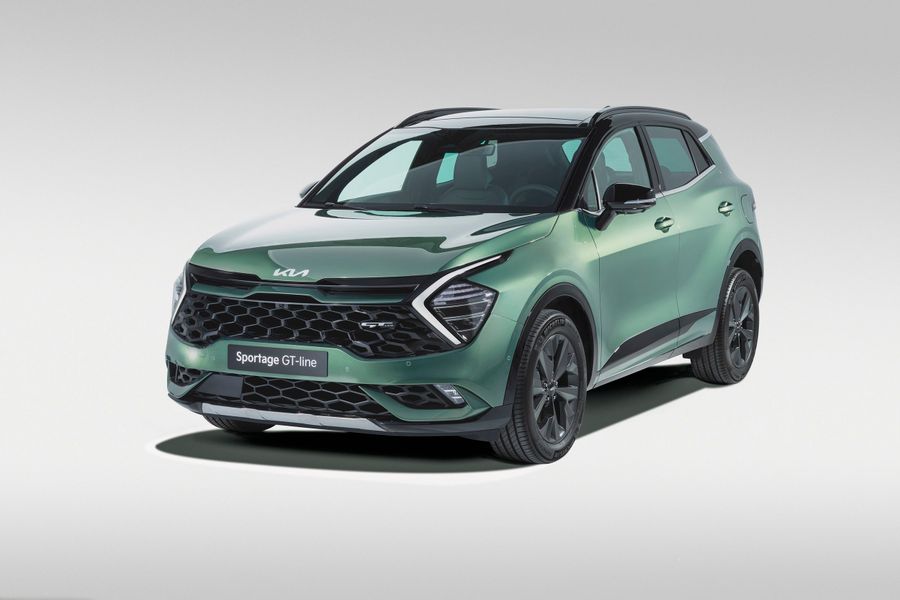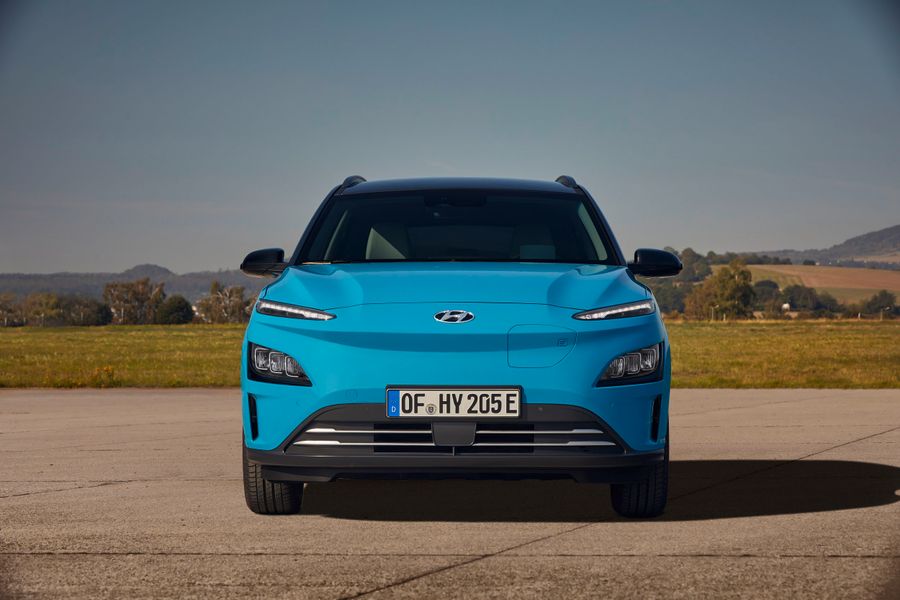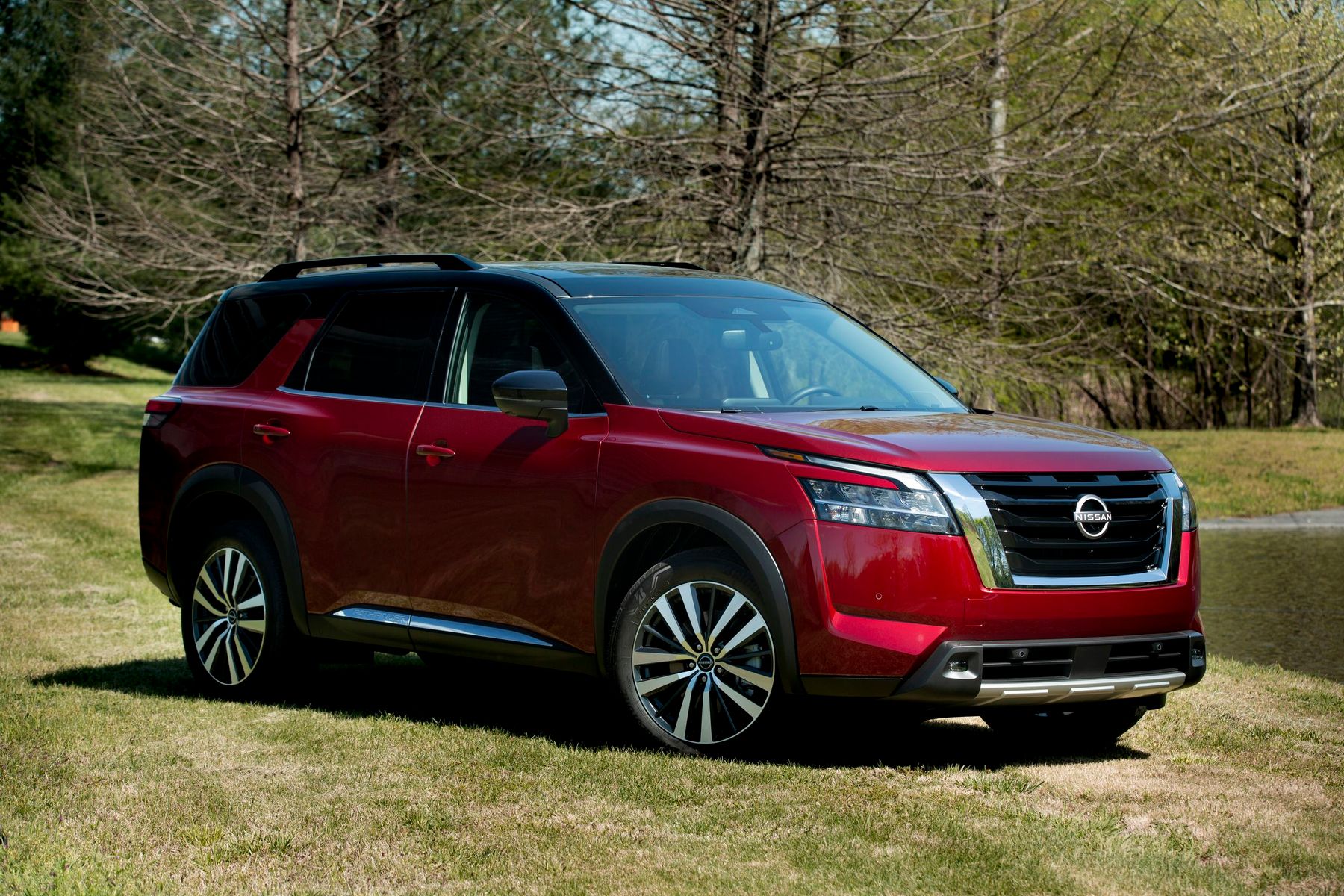
Nissan Pathfinder SUV. Golden mean
The Nissan Pathfinder is a full-size SUV manufactured by Nissan (Japan), which already has five generations. The first two generations were produced in the form of a mid-size body-on-frame SUV from 1985 to 2012, and were sold in the markets of Japan, Europe and other countries as Nissan Terrano. In Nissan’s modern model range, the current Pathfinder occupies a niche between the Murano and the Armada/Patrol SUVs.
The new 2021 Nissan Pathfinder is a large, comfortable family SUV. It is masculine and brutal, but at the same time quite modern. The entry-level version has 8 seats with the third row being suitable for three passengers. Moreover, for an extra charge you can order separate second-row seats (in this case, the SUV will be 7-seater). The Nissan SafetyShield 360 system promises a high level of safety: 10 airbags, automatic braking systems, marking tracking and high beam control. The ProPilot package comprises adaptive cruise control with lane keeping assist function and a front center airbag.
The first generation
The first Pathfinder appeared in 1986. It was initially produced in a 3-door version both in Japan and in America. Created on a ladder-type frame, the Japanese Pathfinder featured only a simple and reliable 2.7-liter diesel engine, supplemented by manual or automatic transmissions. The American version was equipped with two gasoline engines: a 3-liter V6 unit with 143 hp and 2.4-liter 4-cylinder in-line unit with 106 hp. The SUV had an independent double wishbone suspension at the front and a dependent suspension at the rear. The vehicle was available with rear-wheel drive and all-wheel drive systems: a drive layout comprising a two-speed transfer case and a rear differential lock provided good cross-country ability.
In 1989, the manufacturer introduced a 5-door vehicle of the same length as the 3-door version. This was due to the fact that the frame shared by all models was originally intended for both passenger and passenger-and-freight pickup-type bodies with a load capacity of up to one ton. In the USA, the Pathfinder competed with the Chevrolet Blazer, Ford Bronco and Jeep Cherokee. In 1990, the V6 engine received a new injection system, which increased its output to 153 hp, and the junior engine Z24i was replaced with a new KA24E. The first generation was produced until 1995. At the same time, the model was restyled, acquiring a modernized radiator grille and redesigned interior.
The second generation
It was introduced at the end of 1995. In 1999, the model was restyled for the first time, and in 2001 for the second time. The second Pathfinder turned out to be a modern mid-size SUV, despite the fact that some features were inherited from its predecessor, including a radiator grille with three horizontal stripes. The vehicle was 4,530 mm long, 1,750 mm high and 1,840 mm wide. The model no longer had a frame. This was the first step towards a further ‘SUV’ future.
The SUV could be equipped with 2.7-3.2-liter in-line 4-cylinder diesel engines producing from 131 to 170 hp and from 279 to 353 Nm of torque. Gasoline options, so beloved in the United States, included 3.3-3.5-liter V-shaped 6-cylinder engines producing 150-253 hp and 266-325 Nm. The front independent suspension was changed to the MacPherson strut suspension, whereas the rear remained the same. In Europe, the vehicle was supplied with a 3.3-liter gasoline engine (170 hp) and manual or automatic transmissions. After restyling in 1999, a 3.5-liter engine (220 hp) appeared. Both engines were paired only with automatic transmission.
The third generation
Since 2006, ‘Nissan Pathfinder’ has been the only and unified name for all markets. The vehicle turned back into a body-on-frame mid-size model, with a rigidly connected front axle and brutal exterior. The third generation Pathfinder debuted in January 2005 at the International North American Auto Show in Detroit. Restyling took place in 2010, and production ended in 2014.
The third Pathfinder changed not only inside, but also outside, grew in size and began to look more expensive. The angular SUV looked serious with its large features and, on the whole, gave the impression of power and inflexibility. Considering such a stern look, it was very touching to see a signature feature carefully transferred from the first generation: ‘hidden’ rear door handles. The interior was concise, stylish and solid. There was the third row of seats (it was more suitable for children), behind which there was still 300 liters of storage space (515 liters with the rear seats folded down).
The vehicle came standard with a 2.5-liter 4-cylinder engine with 190 hp and 450 Nm. There was also a more powerful 3-liter V6 engine that developed 231 hp and 550 Nm. The 2.5-liter engine was combined with 6-speed manual or 5-speed automatic transmissions, whereas the 3.0-liter one could be paired only with a 7-speed automatic transmission. The all-wheel drive All Mode 4WD system became standard. The manufacturer also provided an auxiliary gearbox and electronic imitation of differential lock. In Europe and Russia, there was also a diesel version: a 2.5-liter turbocharged 4-cylinder engine with 174 hp.
The fourth generation
It was introduced to the world in 2012. The fourth Pathfinder lost its frame again, sharing the platform with the Murano model, demonstrating its SUV nature and incapacity to go off-road. Its ground clearance reached 182 mm. The body became larger: 5,008 mm long, 1,960 mm wide and 1,768 mm high. The longer wheelbase, equal to 2,900 mm, increased the interior space. The vehicle was still 7-seater with the rear seats for children. The trunk volume reached 453 liters (2,260 liters with the middle and rear rows folded down).
The American version was equipped with a 3.5-liter 6-cylinder V-shaped gasoline direct fuel injection engine producing 263 hp (in Russia, the same engine produced 249 hp). The engine was paired with an Xtronic CVT speed variator. Both front and all-wheel drive systems were available. The Russian version could be equipped with another engine, a hybrid system based on a 2.5-liter gasoline 4-cylinder turbocharged engine (234 hp) and a small electric motor. The latter was used to help the main engine, allowing you to save fuel (10.9 l/100 km within the city or 7.5 l/100 km outside the city). The hybrid modification also had an Xtronic CVT, but with different settings.
The fifth generation
The current generation debuted in February 2021 in the USA. The manufacturer used the concept of the fourth generation version. Thus, the new Nissan Pathfinder has received a ground clearance of 18 cm, 7 seats and front or all-wheel drive. The SUV looks very American: large ‘facial features’, full size (more than 5 m long). Its wheelbase has not changed and is the same 2,900 mm. Just like its predecessor, the vehicle features a MacPherson strut suspension at the front and a multi-link suspension at the rear.
The interior looks modern, featuring a 7-inch digital dashboard and an 8-inch media system touchscreen (for entry-level versions). The top-end versions are equipped with a 12.3-inch dashboard, a 9-inch media system touchscreen, and a 10.8-inch color projection display. The rear row has become more spacious and contains three seats, enabling the vehicle to sit up to 8 people. At the same time, separate second-row seats are optional. The trunk has grown to 470 liters. The equipment of the entry-level vehicles includes the Nissan SafetyShield 360 package, which consists of 10 airbags, an automatic braking system, lane keeping assist and automatic high beams. The more expensive versions have a more advanced ProPilot option (adaptive cruise control).
The failed hybrid superstructure experiment is a thing of the past. The 2021/2022 Nissan Pathfinder features the same 3.5-liter V6 gasoline direct injection engine (288 hp and 351 Nm), paired with a 9-speed automatic transmission, which has seven operating modes: standard, sporty, economical, winter, ‘sand’ and ‘dirt’ for off-road, as well as a towing mode. Front-wheel drive versions are standard, but for those who wish, there are modifications with a clutch that connects the rear wheels.


